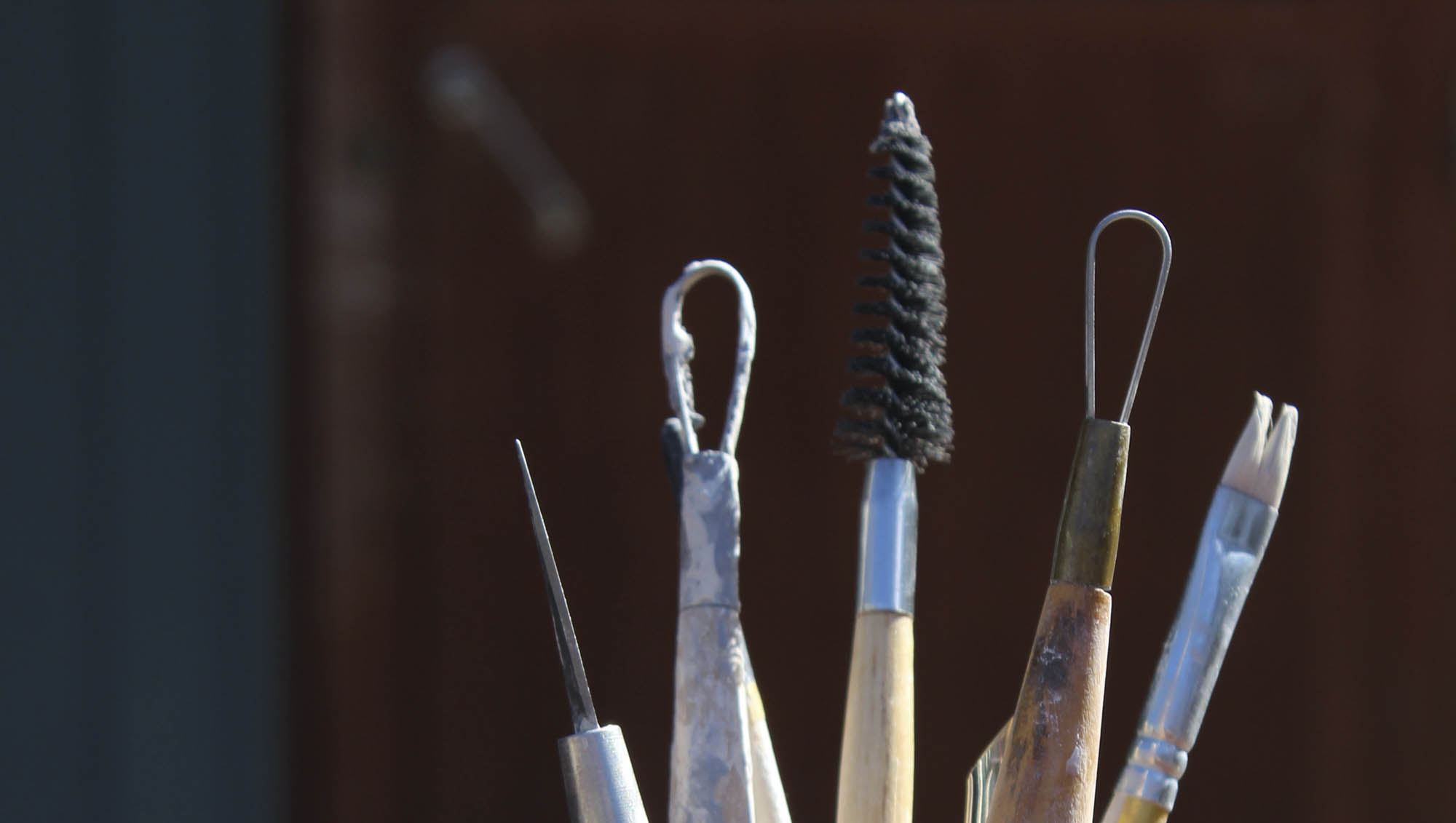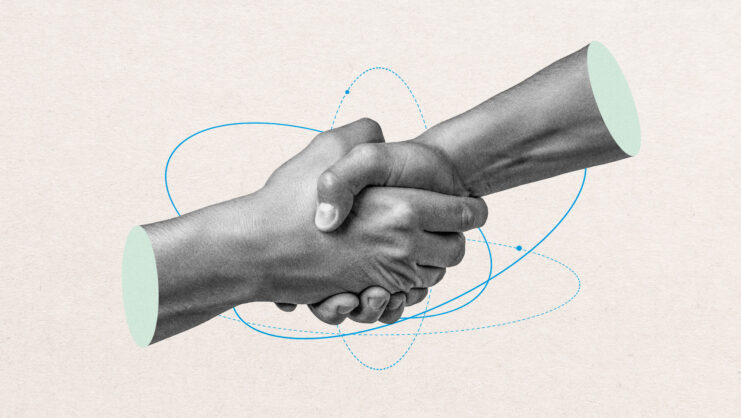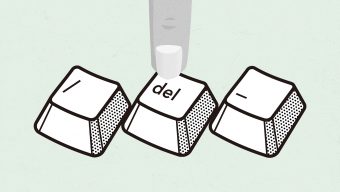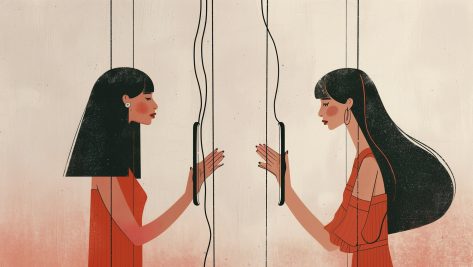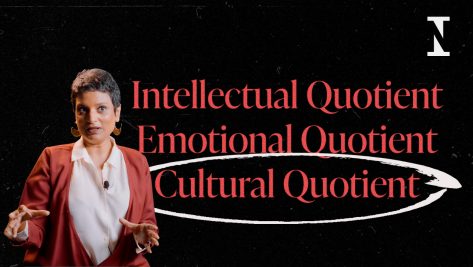Andrea Caruso: How did you get interested in this work and how did you develop your approach to the materials you use? How has your practice evolved over time?
Sara Flynn: Creativity is a way of thinking. I was influenced by how my mother used to cook and tend to her garden. She had a creative way of thinking when it came to solving problems. I wasn’t a good student, but in our home there was a problem-solving approach that was really useful to me. It’s not like clay was my calling, but I was immediately drawn to it when I started working with it in college. Over time, my work has evolved from functionality-driven to purely sculptural vessels that are not necessarily meant to perform a function. I have creative freedom and am very lucky that things have worked out financially, which is quite unusual.
Andrea Caruso: You went to college in Cork, where you studied ceramics at the art school. What was that learning experience like?
Sara Flynn: It was the late 1980s, when heuristic, skill-based learning was popular. This is very important because, when you’re working on something, it’s hard to experiment or grow if you don’t have the basic skills.
What really inspires me is the material and my relationship with it.
Andrea Caruso: Let’s talk about inspiration. As a designer, I understand that inspiration is something spiritual that can happen at any time of day, with any object. In your case, however, perhaps it comes from a specific environment.
Sara Flynn: If you had asked me that question 15 years ago, my answer would have revolved around my environment—the sea and the coast. It’s taken me a few years to gain more confidence in myself. However, what really inspires me is the material and my relationship with it. Sometimes I try something based on my ability or on an idea I have in my head. Other times it’s more about my relationship with the material, which takes me a step further, to something I may not have been able to draw on paper.
Andrea Caruso: By moving away from functional design, are you trying to achieve some sort of emotional message? How would you define your work?
Sara Flynn: With pieces that are asymmetrical, as mine are, people tend to look for similarities in shape to a forehead, a back, or certain postures. That’s how people read them, but my intention is purely abstract. It’s fantastic that everyone has their own interpretation, since that can be a subconscious thing. We all have bodies, with limbs, elbows, hips, curves… but that’s not my focus.
Andrea Caruso: It’s a lot like working on a sculpture…
Sara Flynn: Yes, absolutely.
It’s amazing what technology can do, but for me, the engagement with the material is completely lost.
Andrea Caruso: Do you think you are closer to design, craftsmanship, or art?
Sara Flynn: I hate that question. [Laughs] I hate labels because they totally classify you. I think design and art both play important roles and that craftsmanship is fundamental. In my opinion, they are inseparable.
Andrea Caruso: Innovation is one part of all this and technology is another. Are you interested in exploring new avenues or in delving deeper into traditional ones and achieving their fullest expression?
Sara Flynn: Every day when I go into the studio, I feel that I still have so many unanswered questions about my current practice. To me, technology is just another tool. I am very traditional, but that doesn’t mean I’m against new technologies. It just means I haven’t felt the need to use them yet. For example, 3D printing is a very useful tool, but not everyone will use it and set aside traditional techniques. It’s amazing what technology can do, but for me, the engagement with the material is completely lost.
© IE Insights.



